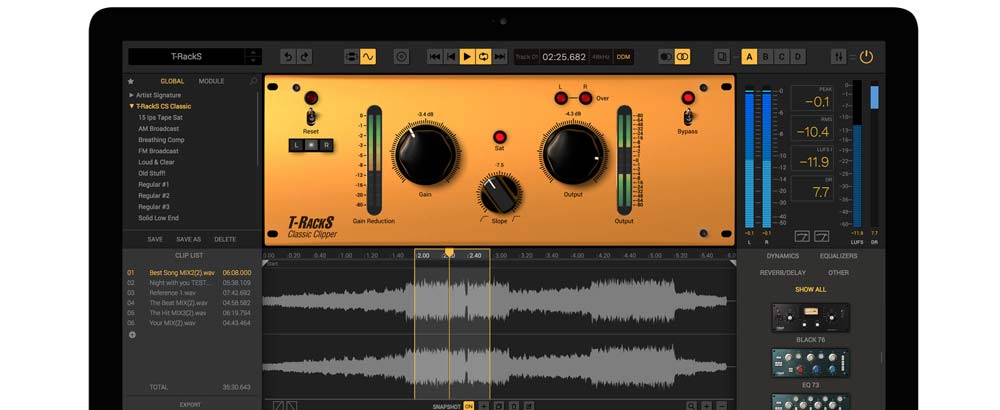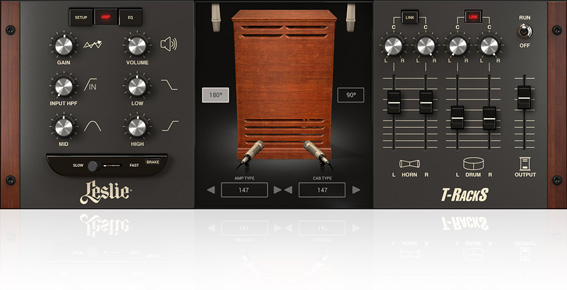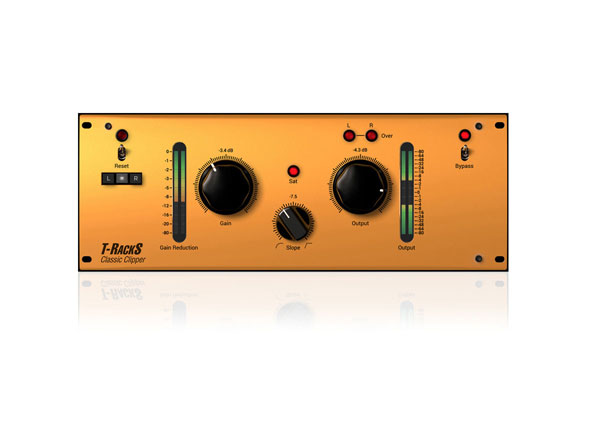

- #T racks soft clipper how to#
- #T racks soft clipper software#
- #T racks soft clipper download#
- #T racks soft clipper free#
Groups are often overlooked but theyâre extremely useful during mixing for a number of reasons (see figure 1.4). If the trackâs name currently is something like âgt012â, label it something easy to read like âguitarâ or âgtr.â Youâll be happy you did later. So you donât mistake one track for another and adjust the parameters of the wrong track during the mix, clearly label all the tracks. Many workstations automatically assign a name to new tracks that have just been recorded, but they hardly ever relate to track. Insert a marker just before each new section (usually a bar or two before works well) as well as any other points in the song that you might want to quickly find during mixing, like drum fills, accents or even the half-way point in a section. Section markers are one of the big time savers in any DAW.

This means that all the drums would be one color, guitars another, the vocals another and so on. If your DAW app allows it, color-coding your tracks also makes things a bit easier to find. This means all the guitars are next to each other, drums and percussion next to one another, and the vocals are together. Make sure you deactivate them.Īlthough the track order isnât critical, it will help you move the mix along faster if like instruments are grouped together. Just hiding them isnât enough in that theyâll still soak up system resources that might be needed later, especially if you use a lot of plug-ins. If there are tracks that are copies or ones that you know you wonât be using, deactivate them and hide them so they donât get in the way. Itâs OK to have empty tracks that youâre saving for an instrument when you track or overdub, but if youâve gotten this far without using them, you donât need them now. The idea is to make everything easy to locate during the mix.Īs before, itâs best to make a copy of the session thatâs designated as the âmixâ (âsongtitle mixâ) so itâs easy to see and locate at a later time, and also keeps your previous session safe if you ever have to go back to it.Įmpty, unused tracks take up space in your edit and mix windows and arenât doing anything useful. This is the âhousecleaningâ stage where you get everything in the session nice and tidy before you actually commit to the actual process of mixing.

  What To Do With Out Of Phase MaterialĬhapter 10 – Mastering 101 (The Mastering Process) How Long Should It Take To Complete A Mix?   Using The Spectrum Analyzer During Mixing     A Description Of The Audio Spectrum
#T racks soft clipper download#
Please send an email request along with your school and department to be sent the download link.Ĭhapter 3 – Using T-RackS Dynamics Processors During MixingĬhapter 4 – Using T-RackS EQ and Metering Processors During Mixing
#T racks soft clipper free#
If you are an instructor that uses Mixing and Mastering with IK Multimedia T-RackS in one of your courses, a free Instructor’s Resource Kit is available, complete with lesson plans, tests and Powerpoint/Keynote presentations.
#T racks soft clipper how to#
With Mixing and Mastering with IK Multimedia T-RackS: The Official Guide, you can learn how to harness the potential of T-RackS and learn the tips and tricks of using T-Racks processor modules to help bring your mixes to life, then master them so theyâre competitive with any major label release. While T-RackS is an extremely powerful tool for improving the quality of your recordings, all of that power wonât do you much good if itâs misused.
#T racks soft clipper software#
IK Multimediaâs T-RackS is a popular stand-alone audio mastering software application that includes a suite of powerful analog-modeled and digital dynamics and EQ processor modules that also work perfectly as plug-ins during mixing.


 0 kommentar(er)
0 kommentar(er)
